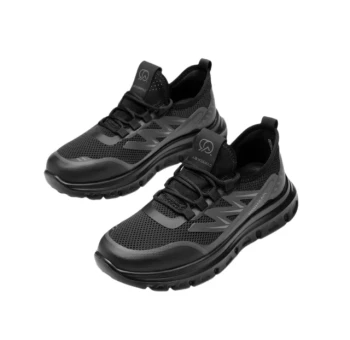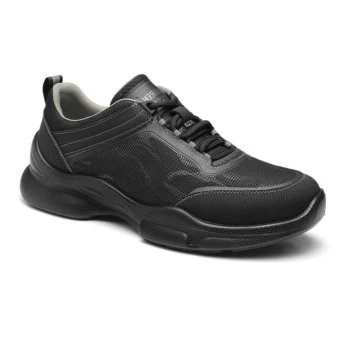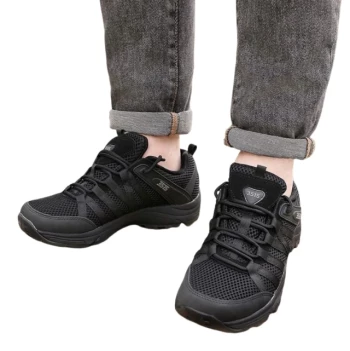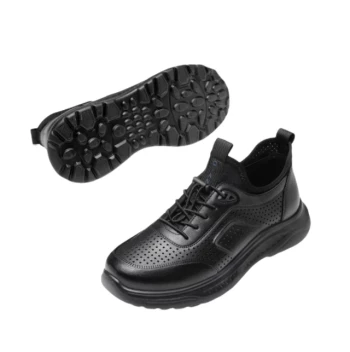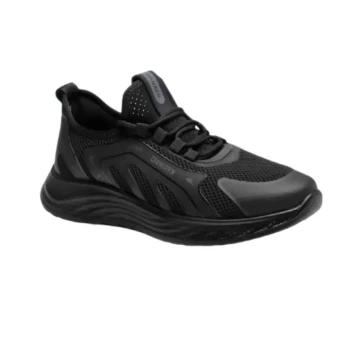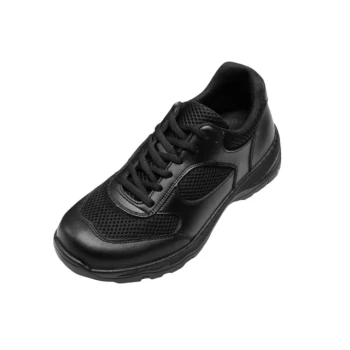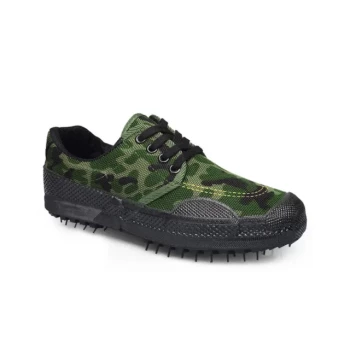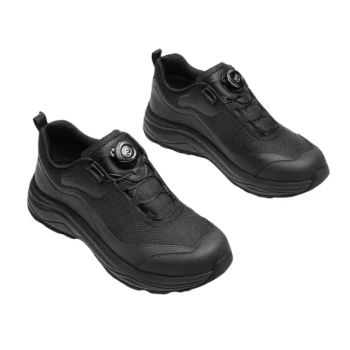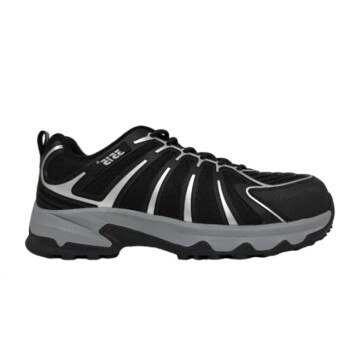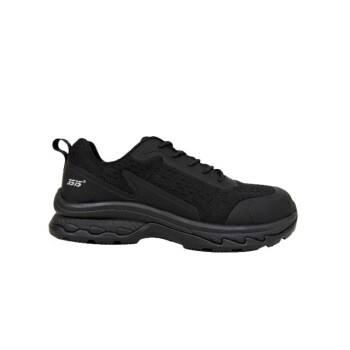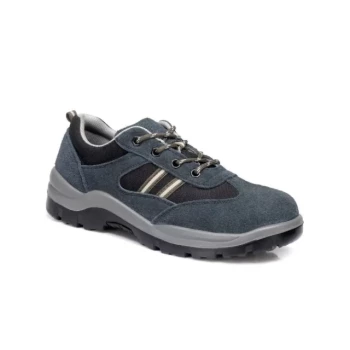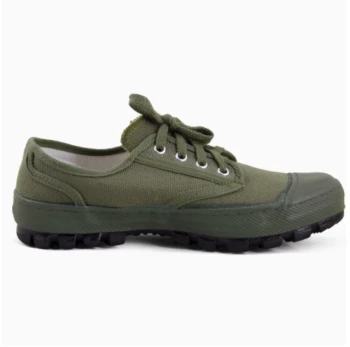At its core, arch support is the structural foundation within a shoe that provides stability, promotes proper foot alignment, and helps distribute impact forces. Its significance lies in its ability to reduce fatigue, prevent common injuries like plantar fasciitis, and ensure comfort during activities like running, walking, or even standing for long periods.
The crucial insight is that arch support isn't merely about cushioning; it's about providing the correct structural integrity for your specific foot type. Proper support aligns your entire kinetic chain—from your feet up through your legs and back—to absorb shock and reduce strain efficiently.
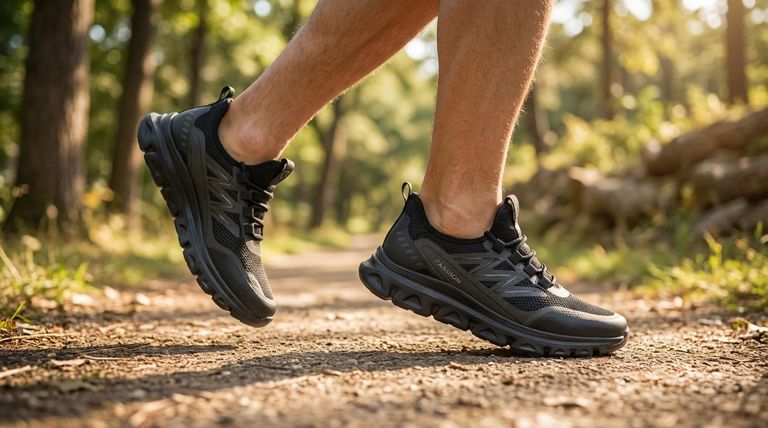
The Biomechanical Role of Arch Support
To understand the importance of arch support, you must first understand the function of your foot's arch. It's a natural, complex system designed to absorb and return energy.
Your Arch as a Natural Shock Absorber
Your foot's arch is designed to flex slightly upon impact, dissipating the shock that travels up your leg. When this system is not functioning optimally, external support becomes critical.
Maintaining Proper Foot Alignment
The primary job of arch support is to prevent the foot from rolling too far inward (overpronation) or outward (underpronation). It helps maintain a neutral foot position, which is the most efficient alignment for movement.
Reducing Strain on Muscles and Tendons
When your foot is properly aligned, the muscles and tendons in your feet and lower legs don't have to overwork to keep you stable. This directly translates to less fatigue and a lower risk of overuse injuries.
How Inadequate Support Creates Problems
Failing to support the arch correctly can lead to a cascade of issues, starting from the ground up.
Uneven Pressure Distribution
Without proper support, your body weight is not distributed evenly across your foot. This can create pressure points and lead to pain in the heel or ball of the foot.
The Onset of Common Ailments
Conditions like plantar fasciitis (inflammation of the tendon running along the bottom of the foot), shin splints, and even knee and lower back pain are often linked to poor foot mechanics stemming from inadequate arch support.
Increased Fatigue and Discomfort
When your feet are not properly supported, your body expends more energy just to stay stable. This leads to faster fatigue, whether you are running a marathon or working an eight-hour shift on your feet.
Key Differences: Running vs. Walking Shoes
The demands of running and walking are different, and so are the support features in the shoes designed for them.
Running Shoes: Controlling High-Impact Forces
Running generates impact forces two to three times your body weight. Running shoes often feature more robust and targeted medial or lateral arch support to control pronation at high speeds and under heavy load.
Walking Shoes: Prioritizing Flexibility and Consistency
Walking involves a smoother, rolling heel-to-toe motion with less impact. Walking shoes typically offer mild to moderate arch support combined with greater flexibility through the forefoot to allow for a natural gait.
Understanding the Trade-offs and Common Pitfalls
Choosing the right support is a balancing act. More is not always better.
The Danger of Over-Correction
Using a shoe with too much arch support for your foot type can be just as harmful as using one with too little. It can force your foot into an unnatural position, causing discomfort and new alignment problems.
Cushioning Is Not the Same as Support
Many people confuse a soft, cushioned feel with good support. Cushioning is about shock absorption, while support is about structural stability and alignment. An ideal shoe has the right balance of both for your needs.
Knowing Your Arch Type is Critical
The effectiveness of any arch support depends on your foot's anatomy. You can get a rough idea of your arch type with a simple "wet test": wet your foot and step onto a piece of paper. A full, wide footprint suggests a low arch, while a very narrow print indicates a high arch.
Making the Right Choice for Your Goal
Your activity and foot type are the two most important factors in selecting the right shoe.
- If your primary focus is running: Choose a shoe specifically tested for your pronation style (neutral, overpronation, or underpronation) to manage high-impact stress.
- If your primary focus is walking or standing all day: Prioritize a shoe with a balance of consistent support and forefoot flexibility to ensure comfort over long durations.
- If you have flat feet or overpronate: Look for stability shoes with firm medial support to prevent your arch from collapsing inward.
- If you have high arches or underpronate: Seek neutral shoes with substantial cushioning to help your foot absorb shock more effectively.
Ultimately, choosing footwear with the correct arch support is a foundational investment in your comfort, performance, and long-term joint health.
Summary Table:
| Arch Support Function | Benefit | Key Consideration |
|---|---|---|
| Shock Absorption | Reduces impact on joints | Different for running (high-impact) vs. walking (low-impact) |
| Proper Alignment | Prevents overpronation/underpronation | Depends on your specific arch type (high, neutral, low) |
| Fatigue Reduction | Increases comfort for long periods | Cushioning is not the same as structural support |
| Injury Prevention | Helps avoid plantar fasciitis, shin splints | Incorrect support can cause new problems |
Ready to find the perfect footwear with the right arch support for your needs?
As a large-scale manufacturer, 3515 produces a comprehensive range of running, walking, and specialized footwear for distributors, brand owners, and bulk clients. Our production capabilities encompass all types of shoes and boots, engineered with biomechanical principles in mind to ensure optimal support, comfort, and durability.
Let us help you provide your customers with footwear that supports their every step. Contact our experts today to discuss your manufacturing requirements.
Visual Guide
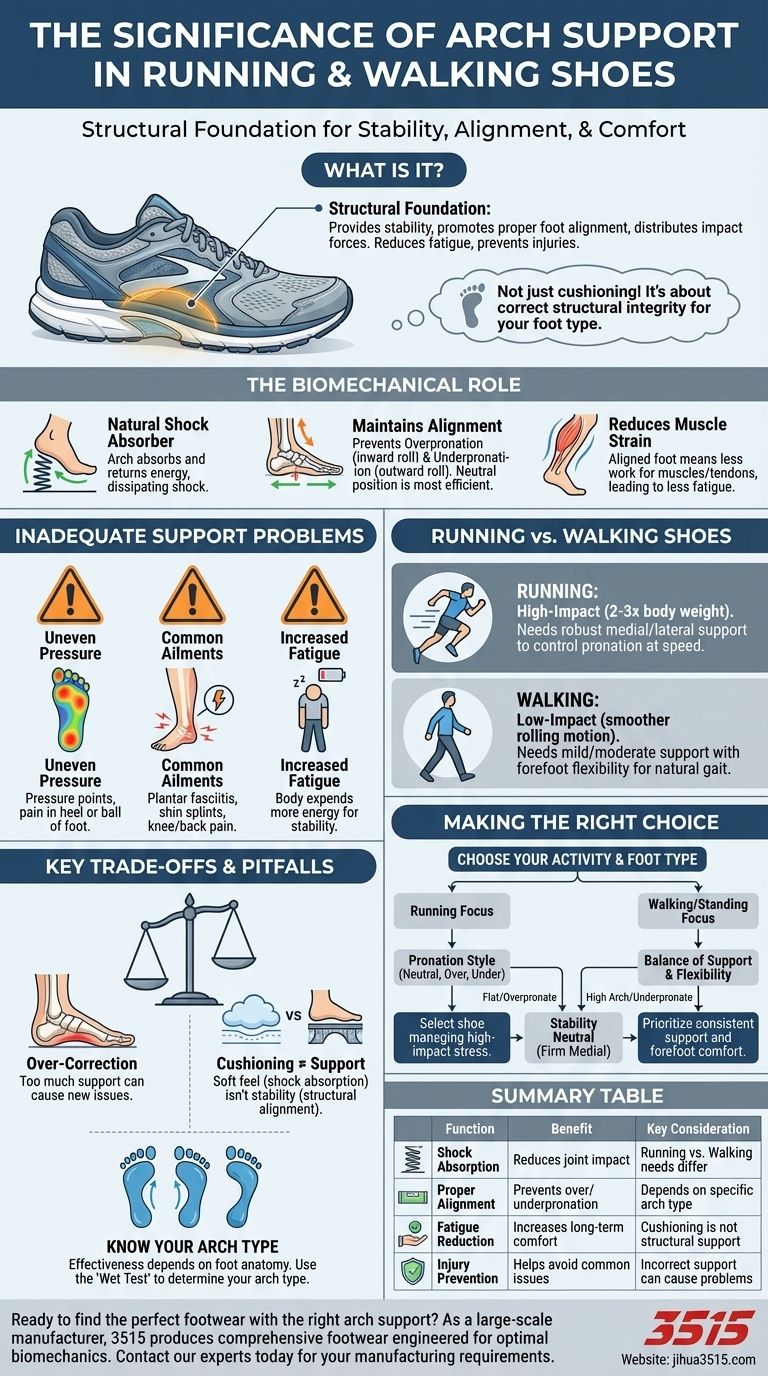
Related Products
- Wholesale Lightweight Cushioned Athletic Sneakers for Custom Bulk Production
- Wholesale Breathable Training Shoes Custom Athletic Footwear Manufacturer
- Lightweight Breathable Training Shoes for Wholesale & Custom OEM Manufacturing
- Lightweight Breathable Sneakers with Wet-Traction Grip for Wholesale & Private Label
- Wholesale Breathable & Cushioned Training Shoes Custom Factory Production
People Also Ask
- Why are running shoes considered the best for walking? Unlock Superior Comfort and Support
- How do non-slip athletic shoes differ from regular athletic shoes? Discover the Grip Technology
- What are the benefits of wearing proper athletic footwear? Enhance Performance & Prevent Injury
- Is it advisable to run in walking shoes? Avoid Injury with the Right Footwear
- What are the key differences between walking shoes and running shoes? Choose the Right Shoe for Your Activity
